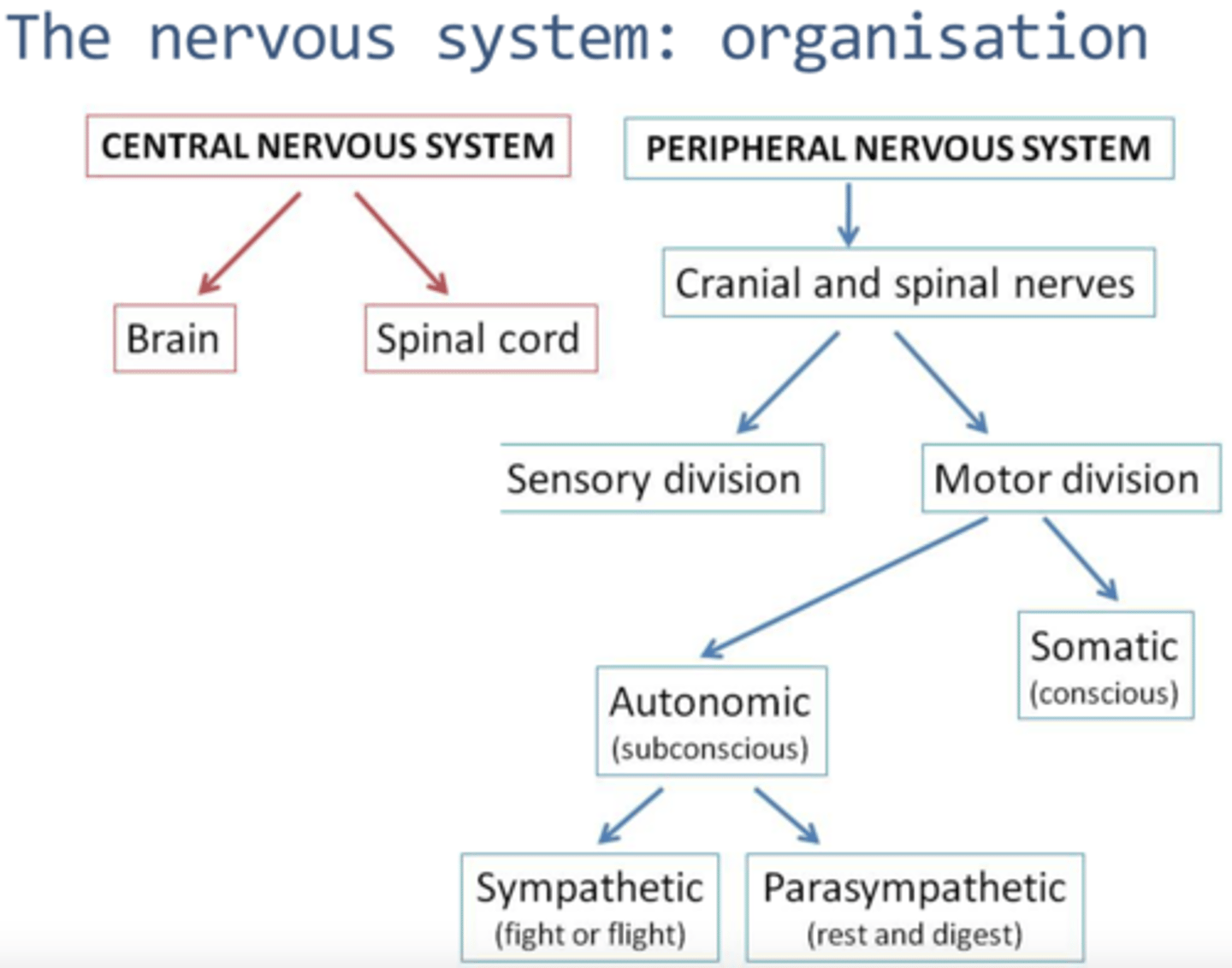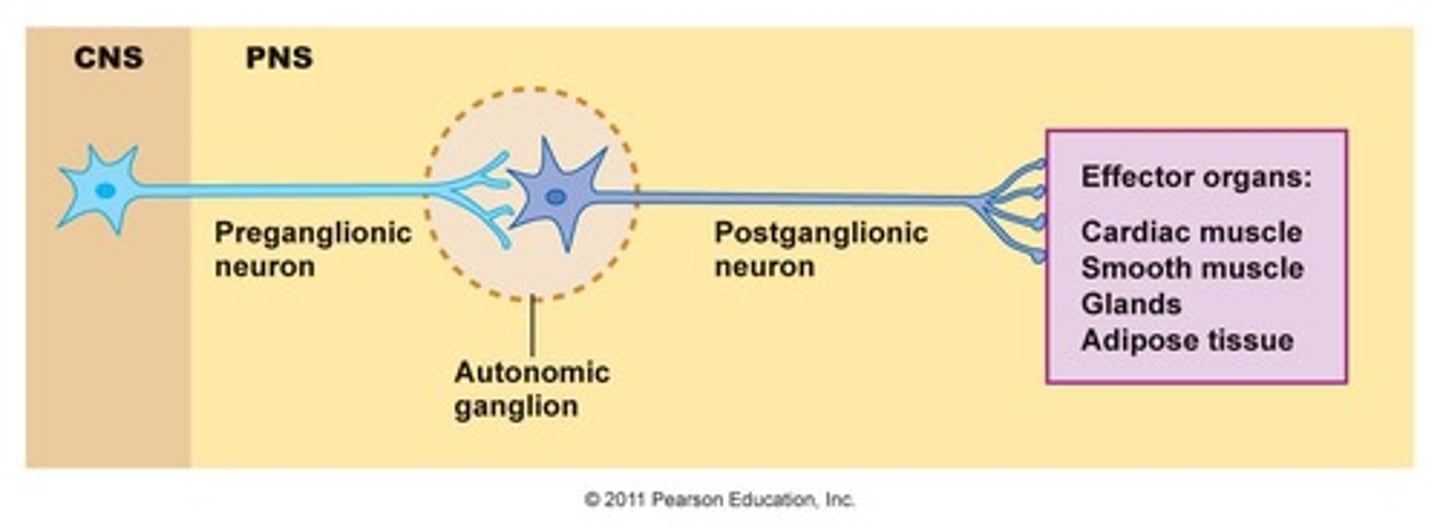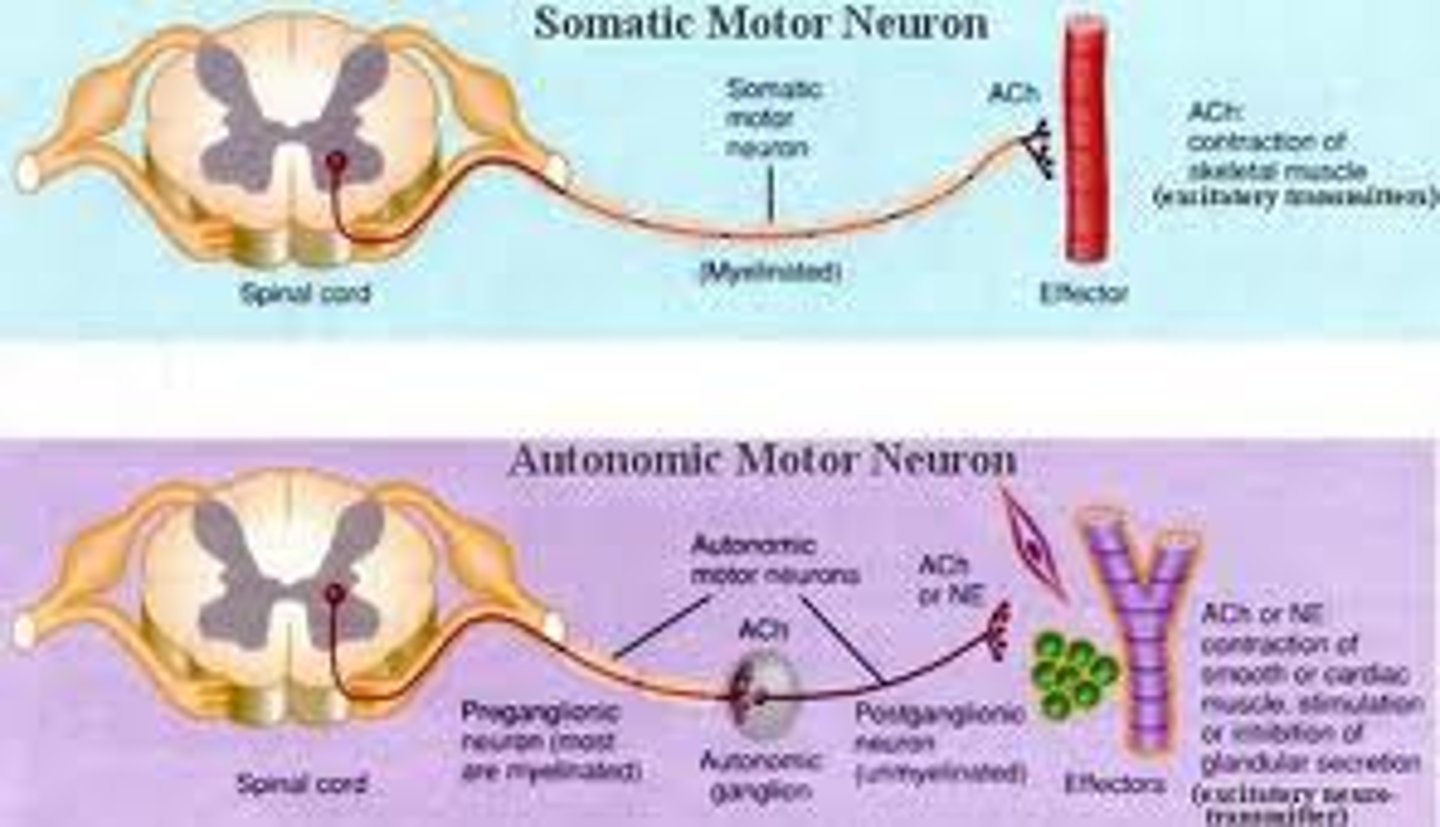5.5 PLANT AND ANIMAL RESPONSES
1/148
There's no tags or description
Looks like no tags are added yet.
Name | Mastery | Learn | Test | Matching | Spaced |
|---|
No study sessions yet.
149 Terms
5.5.1
PLANT RESPONSES TO THE ENVIRONMENT
Abiotic components
Components of an ecosystem that are non living
Alkaloids
Organic nitrogen containing bases that have important physiological effects on animals, includes nicotine, quinine, strychnine and morphine
Biotic components
components of an ecosystem that are living
Pheromone
Any chemical substance released by one living thing, which influences the behaviour or physiology of another living thing.
Tannins
Phenolic compounds, located in cell vacuoles or in surface wax on plants
Tropism
A directional growth response in which the direction of the response is determined by the direction of the external stimulus
Where are tannins located?
upper epidermis of leaves and the roots.
What do tannins do the leaves?
Make them taste bad
What do tannins do to the roots?
prevent infiltration by pathogenic microorganisms.
Where are alkaloids derived from?
amino acids
Where are alkaloids located?
growing tips, flowers and peripheral cell layers of stems and roots
What do alkaloids do to plants?
they are a feeding deterrent to animals, tasting bitter.
What are tannins, alkaloids and pheromones examples of?
Stimuli
Phototropism
Shoots grow towards the light (they are positively phototropic), which enables them to photosynthesise.
Geotropism
roots grow towards the pull of gravity. This anchors them in the soil and helps them to take up water, which is needed for support (to keep cells turgid), as a raw material for photosynthesis and to help cool the plant. There will also be minerals, such as nitrate in the water, needed for the synthesis of amino acids.
Chemotropism
On a flower, pollen tubes grow down the style, attracted by chemicals, towards the ovary where fertilisation can take place
Thigmotropism
shoots of climbing plants, such as ivy, wind around other plants or solid structures to gain support.
What is a positive tropic response?
When a plant responds towards a stimulus
What is a negative tropic response?
When a plant responds away from a stimulus
What is a nastic response?
non-directional response to stimuli
What is an example of a nastic response?
venus fly trap
What is the role of a plant hormone?
To coordinate and control growth and responses to light and gravity.
Specific hormones are complementary to specific receptors on the plasma membrane enabling hormones to act upon the correct tissue.
Types of plant hormones
- auxins - control cell elongation, prevent leaf fall (abscission), maintain apical dominance, involved in tropisms, stimulate the release of ethene, involved in fruit ripening
- gibberellin - cause stem elongation, trigger the mobilisation of food stores in a seed at germination, stimulate pollen tube growth in fertilisation
- ethene - causes fruit ripening, promotes abscission in deciduous trees
- ABA (abscisic acid) - maintains dormancy of seeds and buds, stimulates cold protective responses, for example, antifreeze production, stimulates stomatal closing
How do hormones move around the plant?
- active transport
- diffusion
- mass flow in the phloem sap or in xylem vessels
5.5.2
CONTROLLING PLANT GROWTH
Apical dominance
Inhibition of lateral buds further down the shoot by chemicals produced by the apical bud at the tip of a plant shoot.
Auxins
Plant hormones which are responsible for regulating plant growth
Gibberellins
Plant hormones which are responsible for control of stem elongation and seed germination
What does abscisic acid inhibit?
bud growth
Does high auxin in the shoot keep abscisic acid levels high in the bud?
Yes
What happens when the tip (the source of auxin) is removed?
abscisic acid levels drop and the bud starts to grow.
What do Cytokinins promote?
bud growth
What's one way of overriding the apical dominance effect?
directly applying cytokinin to buds.
What does high levels of auxin mean for cytokinins?
makes the shoot apex a sink for cytokinins produced in the roots.
What happens to cytokinin when the apex is removed?
Cytokinin is spread more evenly around the plant.
How do gibberellins cause growth in the internodes?
- stimulating cell elongation (loosening cell walls)
- stimulating cell division (stimulating a cell cycle protein)
Seed germination
Gibberellins also promote seed germination.
How does gibberelling promote seed germination?
When the seed absorbs water, the embryo releases gibberellin, which travels to the aleurone layer in the endosperm region of the seed. The gibberellin enables the production of amylase, which can break down starch into glucose. This provides a substrate for respiration for the embryo, and so it grows. The glucose is also used for protein synthesis.
Synthesis pathway for gibberellins

5.5.3
PLANT RESPONSES: INVESTIGATING TROPISM
Geotropism
directional growth in response to gravity
Phototropism
directional growth in response to light
Where in the plant does growth occur?
Areas which contain meristems (groups of immature cells still capable of dividing)
Areas with meristems:
-Apical meristems are at the tips or apices of roots and shoots and are responsible for roots and shoots getting longer
-Lateral bud meristems are found in buds giving rise to side shoots.
-Lateral meristems forming a cylinder near the outside of roots and shoots make them wider.
-In some plants, there are intercalary meristems located between the nodes where the leaves and buds branch off the stem (growth between the nodes is responsible for making shoots longer).
Diagram of meristems in a plant
LOOK AT PHOTO IN TEXTBOOK ASWELL

Experiment investigating phototropic responses

Investigating phototropic responses
Phototropic responses can be investigated using experiments in Figure 2. The experiment has an experimental plant and a control plant (with 10 replicates). The control plant is illuminated from all sides, while the experimental plant has illumination from just one side. In each plant, the shoots and roots are marked every 2mm at the start.
Look at the results after several days. The shoot has bent upward towards the light because the shady side of the shoot has elongated more than the illuminated side. The mean and standard deviation of the lengths between the marks has increased on the shady side.
Investigating geotropic responses
- spin one control plant constantly on a klinostat, so the effect of gravity is applied equally to all sides.
- leave another to grow normally. The klinostat won't be turned on so gravity would only be applied on one side.
Effect of the experiment investigating geotropic responses
In the experimental plant, the root bends downwards, because the upper sideof the root has elongated more than the lower side. The shoot bends downward, because the lower side of the shoot has elongated more than the upper side. In the control plant, both root and shoot grow horizontally.
Classic experiments to confirm the role of the shoot tip in controlling phototropic responses

Classic experiments to confirm the role of the shoot tip in producing a chemical messenger that controls phototropic responses
LOOK IN TEXTBOOK
To confirm the role of the shoot tip in producing auxin as the chemical messenger that controls phototropic responses...
...agar blocks are impregnated with different concentrations of auxin give the same result. In fact, using a series of blocks of different concentrations of auxin (i.e. indole-3-acetic acid; IAA) created by serial dilution gives shoot curvature in proportion to the amount of auxin.
Where are auxins produced?
apex of the shoot
How do auxins promote elongation?
The auxins travel to the cells in the zone of elongation, causing them to elongate , and making the shoots grow. When light is equal on all sides, the auxin simply promotes shoot growth evenly.
Mechanism of the phototropic response in shoots

The mechanism of auxin's effect
Auxin increases the stretchiness of the cell wall by promoting the active transport of H+ by an ATPase enzyme on the plasma membrane, into the cell wall. The resulting low pH provides optimum conditions for wall-loosening enzymes (expansins) to work. These enzymes break bonds within the cellulose, so the cell walls become less rigid and can expand as the cell takes in water.
What are phototropin 1 and 2?
Two enzymes whose activity is promoted by blue light.
What is blue light?
Blue light is the main component of white light that causes the phototropic response.
What does this mean for phototropin 1?
There is lots of phototropin 1 activity on the light side, but progressively less activity towards the dark side. This gradient is thought to cause the redistribution of auxins through their effect on PIN proteins
What are PIN proteins?
PIN proteins are embedded into the membrane and move auxin into the cell wall
They are located on the side of the cell opposite of the shoot tip
What is the acitvity of PIN proteins controlled by?
A molecule called PINOID
What is PINOID?
a positive regulator of polar auxin transport
Auxin in geotropic responses of roots
Auxin is also involved in the geotropic responses of roots. In a root lying flat, auxin accumulates on the lower side, where it inhibits cell elongation. The upper side continues to grow and the root bends downwards. The effect of auxin in roots is in contrast to that in the shoot, where auxin promotes cell elongation on the lower side, making the shoot lying flat bend upwards. This happens because root and shoot cells in the elongation zone exhibit different responses to the same concentration of auxin.
Graph showing effect of auxin concentration on elongation of shoots and roots compared to controls

5.5.4
COMMERCIAL USES OF PLANT HORMONES
Taking cuttings
Dipping the end of a cutting in rooting powder containing auxins and talcum powder encourages root growth.
Seedless fruit
Treating unpollinated flowers with auxin can promote growthy of seedless fruit. Applying auxin promotes ovule growth, which triggers automatic production of auxin by tissues in the developing fruit helping to complete the developmental process.
Herbicides
Auxins are used as herbicides to kill weeds. Because they are man-made, plants find them more difficult to break down, and they can act within the plant for longer. They promote shoot growth so much that the stem cannot support itself, buckles and dies
Commercial uses of cytokines
Cytokines can delay leaf senescence, so they are sometimes used to prevent yellowing of lettuce leaves after they have been picked. Cytokines are used in tissue culture to help mass-produce plants. Cytokines promote bud and shoot growth from small pieces of tissue taken from a parent plant. This produces a short shoot with a lot of side branches, which can be split into lots of small plants. Each can be grown separately.
Gibberellins in fruit production
- Gibberellins delay senescence in citrus fruit, extending the time fruits can be left unpicked, and making them available for longer in the shops.
- Gibberellins acting with cytokinins can make apples elongate to improve their shape.
- Without gibberellins, bunches of grapes are very compact, restricting the growth of individual grapes. With gibberellins, the grape stalks elongate, they are less compacted, and the grapes get bigger.
Gibberellins in brewing
- To make beer you need malt, which is usually produced in a malthouse at a brewery.
- When barley seeds germinate, the aleurone layer of the seed produces amylase enzymes that break down stored starch into maltose.
- Usually, the genes for amylase production are switched on by naturally occurring gibberellins.
- Adding gibberellin can speed up the process.
- Malt is then produced by drying and grinding up the seeds.
Gibberellins in sugar production
spraying sugar cane with gibberellins stimulates growth between the nodes, making stems elongate. this is useful because sugar cane stores sugar in the cells of the internodes, making more sugar available from each plant
Gibberellins in plant breeding
- A plant breeder's job is to produce plants with desired characteristics, by breeding together other plants, usually over many generations.
- However, in conifer plants this can take a particularly long time, because conifers spend a long time as juveniles before becoming reproductively active.
- Gibberellins can speed up the process by inducing seed formation on young trees.
- Seed companies that want to harvest seeds from biennial plants (which flower only in their second year of life) can add gibberellins to induce seed production.
- Stopping plants making gibberellins is also useful.
- Spraying with gibberellin synthesis inhibitors can keep flowers short and stocky (desirable in plants like poinsettias), and ensures that the internodes of crop plants stay short, helping to prevent lodging.
- Lodging happens in wet summers - stems bend over because of the weight of water collected on the ripened seed heads, making the crop difficult to harvest.
Commercial uses of ethene
Speeding up ripening in apples
Tomatoes and citrus fruits
Promoting fruit drop in cotton
Cherry and walnut
Promoting female sex expression in cucumbers to reduce self pollination and increase yield
Promoting lateral growth
5.5.5
THE MAMMALIAN NERVOUS SYSTEM
Autonomic nervous system
Part of the nervous system responsible for controlling the involuntary motor activities of the body
Central nervous system (CNS)
The central part of the nervous system composed of the brain and spinal cord
Peripheral nervous system (PNS)
The sensory and motor nerves connecting the sensory receptors and effectors to the CNS
Somatic nervous system
The motor neurones under conscious control
The communication system must enable:
- detection of changes in the environment
- cell signalling to occur between all parts of the body
- coordination of a range of effectors to carry out responses to the sensory input
- suitable responses
The organisation of the nervous system

What is grey matter?
Non myelinated cell bodies
What is white matter?
mostly myelinated axons
Where is grey matter located?
on outside of brain and inside of spinal cord
Where is white matter located?
inside brain, outside spinal cord
White matter in spinal cord
Myelinated neurones carry action potentials up and down the spinal cord for rapid communications
Sensory nervous system
The sensory fibres entering the CNS are dendrons of the sensory neurones. These neurones conduct action potentials from the sensory receptors into the CNS. These neurones have their cell body in the dorsal root leading into the spinal cord and a short axon connecting to other neurones in the CNS
The somatic nervous system
The somatic nervous sytem consists of motor neurones that conduct action potentials from the CNS to the effectors that are under voluntary control, such as skeletal muscles. These neurones are mostly myelinated, so that responses can be rapid. There is always one single motor neurone connecting the CNS to the effector.
The autonomic nervous system
The autonomic nervous sytem consists of motor neurones that conduct action potentials from the CNS to the effectors that are under voluntary control. This includes the glands, the cardiac muscle and smooth muscle in the walls of the blood vessels, the airways and the wall of the digestive system. The control of many of these effectors does not require rapid responses, and the neurones are mostly non-myelinated. There are at least two neurones involved in the connection between the CNS and the effector. These neurones are connected at small swellings called ganglia.
Sympathetic system
Prepares body for 'fight or flight' response.
Parasympathetic system
the division of the autonomic nervous system that calms the body, conserving its energy
Sympathetic and parasympathetic system
These systems work in an antagonistic fashion to control unconscious activity. At rest, action potentials pass along the neurones of both systems at a relatively low frequency. Changes to internal conditions, or stress leads to changes in the balance of stimulation between the two systems, leading to an appropriate response
The differences between the sympathetic and parasympathetic systems
The sympathetic system consists of many nerves leading out of the CNS, each leading to a separate effector whilst the parasympathetic system consists of a few nerves leading out of the CNS, which divide up and lead to different effectors.
In the sympathetic system, the ganglia is just outside the CNS and in the parasympathetic system, the ganglia is in the effector tissue
In the sympathetic system, there are short pre-ganglionic neurones whilst in the parasympathetic system, there are long pre-ganglionic neurones.
In the sympathetic system, there are long post-ganglionic neurones whilst in the parasympathetic system, there are short post-ganglionic neurones.
In the sympathetic system, it uses noradrenaline as the neurotransmitter whilst in the parasympathetic system, it uses acetylcholine as the neurotransmitter.
The sympathetic system increases activity - prepares body for activity whilst the parasympathetic system decreases activity - conserves energy
The sympathetic system is most active at times of stress whilst the parasympathetic system is most active during sleep or relaxation.
The sympathetic system effects include:
- Increases heart rate
- Dilates pupils
- Increases ventilation rate
- Reduced digestive activity
- Orgasm
The parasympathetic system effects include:
- Decreases heart rate
- Constricts pupils
- Reduces ventilation rates
- Increases digestive activity
- Sexual arousal
What are pre-ganglionic neurons?
A pre-ganglionic neurone is a type of nerve cell in the autonomic nervous system (ANS) that originates in the central nervous system (CNS) — either in the brain or spinal cord — and transmits signals to a ganglion, which is a cluster of nerve cell bodies located outside the CNS.

What are post-ganglionic neurons?
A post-ganglionic neurone is the nerve cell that comes after the ganglion in the autonomic nervous system (ANS). It receives the signal from the pre-ganglionic neurone and carries it to the target organ or tissue — like your heart, lungs, blood vessels, glands, or digestive organs.
What is the vagus nerve?
It operates under the parasympathetic nervous system & decreases heart rate
The autonomic nervous system diagram

5.5.6
THE BRAIN
Cerebellum
Region of the brain coordinating balance and fine control of movements